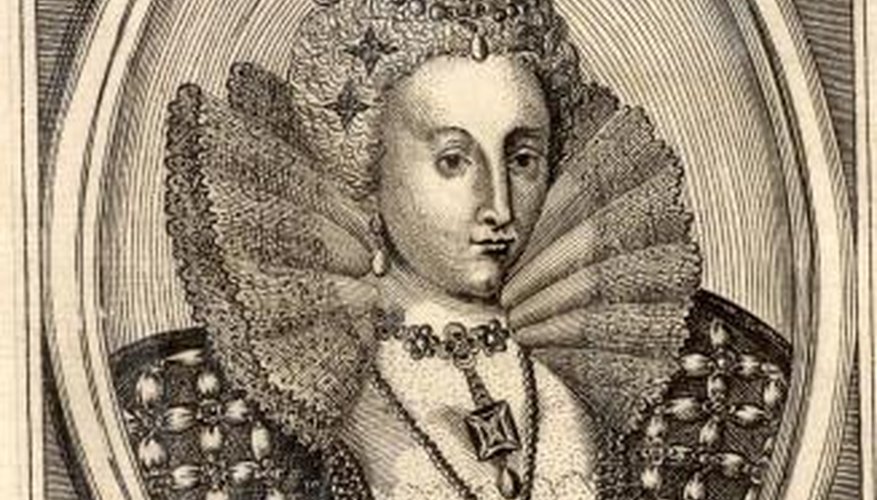When death was nearing for people during the Elizabethan Era (1558-1603), the parish bell would toll as a sign of their imminent passing and as a call for others to pray for their soul. The funeral was a community event, with many customs still recognisable today.
Preparation of the Body
Immediately after death, the body would be taken and washed in clean water. This was generally conducted by a midwife or other female member of the family. Next, the corpse would be wrapped and bound in a linen sheet before being placed in a coffin. For poorer families, this often consisted of the bed sheet in which the person died while richer families might buy a sheet of expensive silk. Flowers and herbs, such as rosemary, were sometimes wrapped in the sheet with the corpse.
- Immediately after death, the body would be taken and washed in clean water.
- Next, the corpse would be wrapped and bound in a linen sheet before being placed in a coffin.
Arrangements
Once the body was prepared, the funeral arrangements could then be begin. Funeral services often took place within a day or two of the death as they could be quite elaborate affairs, depending on the status of the deceased. In this case, richer families might pay for embalming or a lead-lined casket to prevent the body from decaying quickly. In the meantime, the corpse was watched constantly, often by relatives, while funeral notices or invitations were sent out.
- Once the body was prepared, the funeral arrangements could then be begin.
- In the meantime, the corpse was watched constantly, often by relatives, while funeral notices or invitations were sent out.
Graveside
The family of the deceased wore black, the traditional colour of mourning, along with a sprig of rosemary pinned to a sleeve or worn in a hatband. Candles were commonly lit to accompany the funeral procession and church bells are rang to accompany the funeral procession. Both the coffin and grave were draped in black, with a linen cross draped over, and sometimes decorated with rosemary or rue sprigs. The majority of people were buried in unmarked graves in the churchyard. For those who could afford it, the deceased would be buried inside the church under brass or stone markers bearing inscriptions of their names or an inscribed portrait.
- The family of the deceased wore black, the traditional colour of mourning, along with a sprig of rosemary pinned to a sleeve or worn in a hatband.
- For those who could afford it, the deceased would be buried inside the church under brass or stone markers bearing inscriptions of their names or an inscribed portrait.
Feasting
As with births and marriages, the death would be formally recorded in the parish register once the service was over and a feast was traditionally held immediately after. For modest families this was often to limited to cakes baked in funeral shapes and accompanied by ale, claret and brandy. Richer families often held larger feasts to which the whole village or neighbourhood was invited and often included giving alms to the poor.
